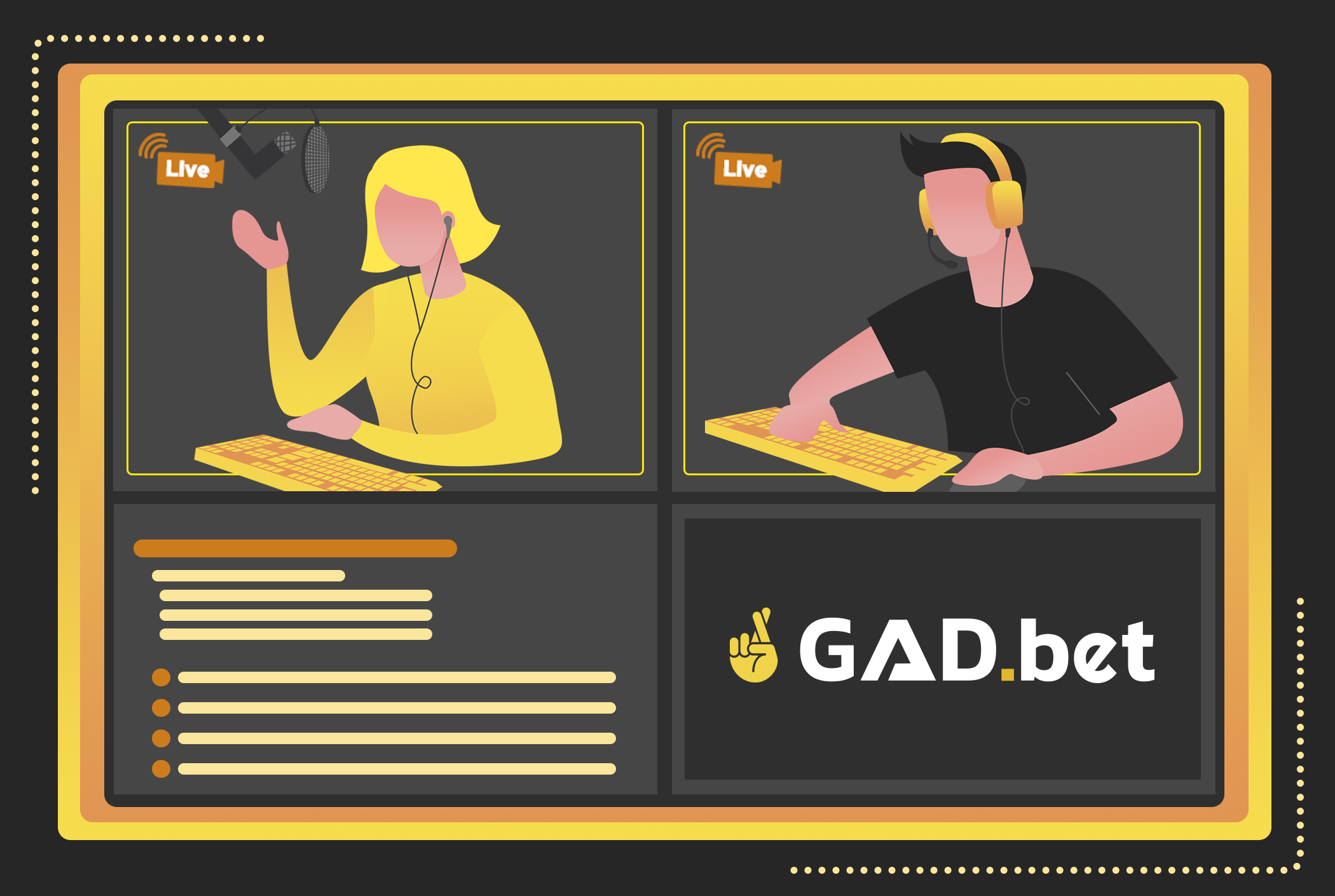Content

In today’s world, where internet technologies are rapidly evolving, the diversity of streaming platforms attracts more and more viewers and creators. However, the question arises: how to effectively use different platforms to maximize audience reach while not complicating the broadcasting process? This is where multi-streaming comes in, offering the possibility of simultaneous streaming on multiple platforms. In this article, we will take an in-depth look at what multi-streaming is, its advantages and disadvantages, popular multi-streaming platforms, as well as technical aspects and strategies for successful multi-streaming.
What is multi-streaming?
Multi-streaming (or simulcasting) is the simultaneous broadcasting of video and audio content on multiple streaming platforms. This may include platforms such as Twitch, YouTube, Facebook, and others. The essence of multi-streaming is to expand audience reach by providing content on different platforms to attract new viewers and retain existing ones.
Advantages of multi-streaming
| Advantages | Description |
| Expanded audience reach | Multi-streaming helps achieve a wider audience reach by allowing broadcasting on multiple platforms simultaneously. |
| Increased revenue | With more viewers across different platforms, multi-streaming can increase revenue from ads, donations, and subscriptions. |
| Content monetization | Multi-streaming provides the opportunity to monetize content through various platforms, utilizing their unique revenue mechanisms and models. |
| More feedback | Receiving feedback from viewers on different platforms can help you improve your content and adapt to the needs of different audiences. |
| Platform diversity | Multi-streaming allows you to use different platforms for different types of content, promoting audience growth and providing more opportunities for experimentation. |
Disadvantages of multi-streaming
| Disadvantages | Description |
| Technical complexities | Multi-streaming may require additional resources, such as internet bandwidth and computer performance. |
| Chat management | Managing chats on multiple platforms simultaneously can be challenging and may require additional tools or moderator assistance. |
| Audience retention | Dividing attention between different platforms may make it more difficult to retain and engage viewers. |
| Exclusivity issues | Some streaming platforms may impose restrictions on simultaneously broadcasting content on other platforms. |
Multi-streaming platforms
- Restream
Restream is one of the most popular platforms for multi-streaming. It supports over 30 streaming platforms, including Twitch, YouTube, and Facebook. Restream offers free and paid plans with various features and capabilities.
- Castr
Castr is another popular multi-streaming platform that supports broadcasting on Twitch, YouTube, Facebook, and other platforms. Castr offers various pricing plans, including a free option, for different user needs.
- Switchboard Live
Switchboard Live is a multi-streaming platform that allows simultaneous broadcasting on multiple platforms, including Twitch, YouTube, Facebook, and others. Switchboard Live offers different pricing plans, as well as a cloud encoding feature to ensure optimal streaming quality.
Technical aspects of multi-streaming
Simultaneous broadcasting on multiple platforms may require additional resources and configurations. Here are some technical aspects to consider:
- Internet bandwidth: Ensure your internet connection has sufficient bandwidth for simultaneous streaming on multiple platforms.
- Video encoding: Optimizing video encoding for multi-streaming can improve streaming quality and reduce the load on your computer.
- Chat management: Using tools such as Restream Chat or Streamlabs can help you consolidate and manage chats from different platforms.
- Audio and video synchronization: Ensure that audio and video are synchronized across all platforms to provide an optimal viewing experience.
Strategies for successful multi-streaming
- Define your target audience and choose suitable platforms for broadcasting.
- Create unique and engaging content that will interest viewers on different platforms.
- Use metrics and analytics to track the success of your multi-stream and identify possible improvements.
- Engage viewers in conversation and respond to their feedback and requests.
- Regularly update and develop your content to maintain audience interest and attract new viewers.
Conclusion
Multi-streaming is a powerful tool for streamers, allowing for an expanded audience reach, increased revenue, and more feedback from viewers. However, multi-streaming also has its drawbacks, such as technical complexities and chat management. Successful multi-streaming requires careful planning, selecting appropriate platforms, and using effective strategies to attract and retain audiences.
It’s essential to remember that successful multi-streaming is not just about the number of platforms you stream on, but also the quality of content you share and how much you engage your audience. Experiment with different platforms, content, and strategies to find your unique path to success in the world of multi-streaming.








